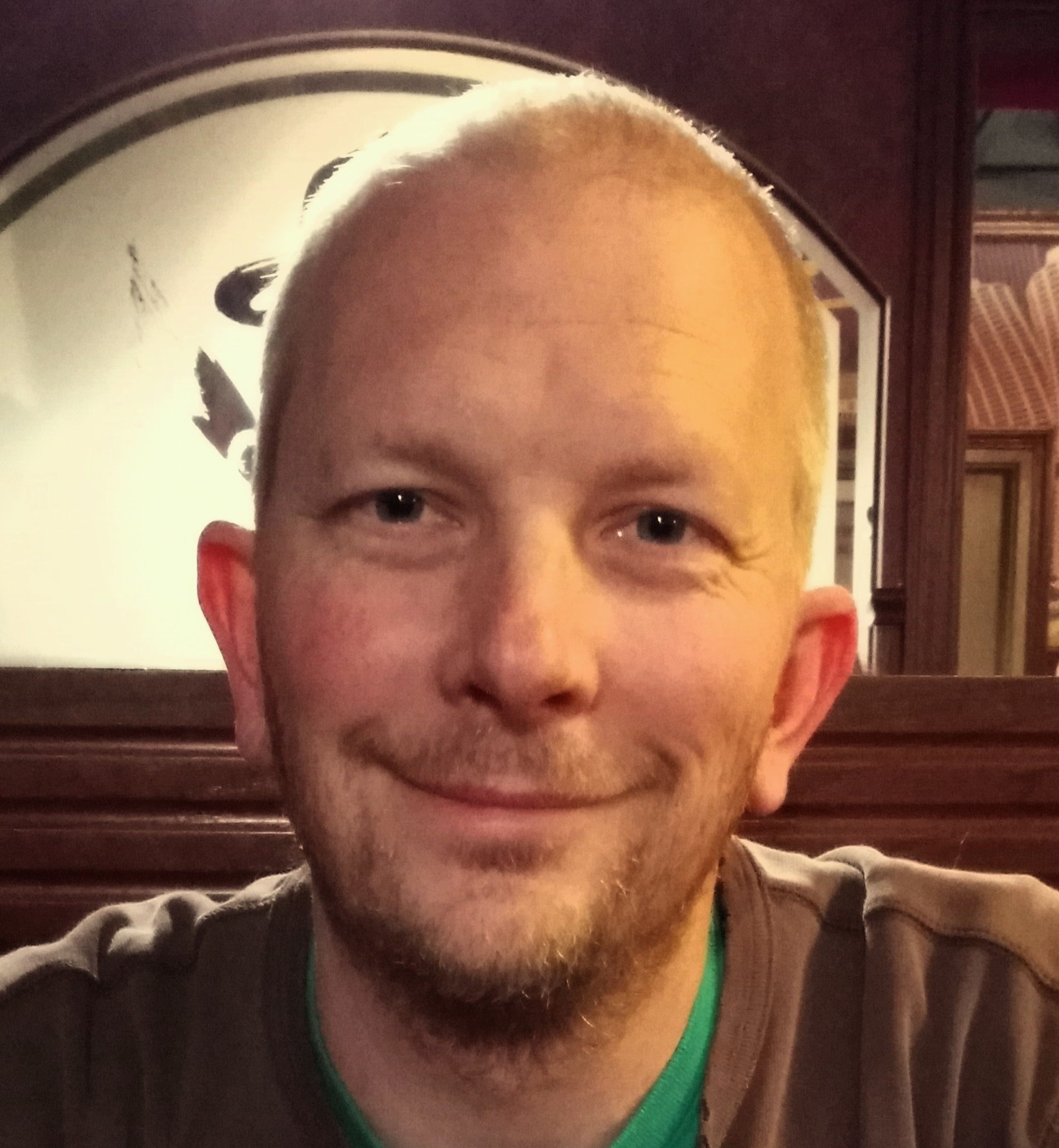OPINION: Welcome to Pullman, President Cantwell; please consider WSU’s role downtown
Commentary by Ayad Rahmani
Washington State University has a new president, the first woman to ever occupy the position. How wonderful. Even as the country could not elect a woman, WSU finally did.
Dr. Elizabeth Cantwell comes with extensive experience in higher education, having already spent a few years as the president of Utah State University and, before that, as an upper administrator building funding for research at both the University of Arizona and Arizona State University. As one member of the board of regents put it, “Dr. Cantwell’s combination of academic, research and innovation sector leadership make her uniquely qualified to guide WSU’s next chapter.”
Welcome to Pullman, “Betsy,” if I may. Your strong leadership will be needed across the board, no doubt in matters related to enrollment, “fiscal sustainability,” and navigating visions of the 21st century classroom. All very important and deserving of a book about the future of higher education.
This column, however, is about architecture and urban planning, examining issues related to the built environment in the Palouse and more specifically downtown Pullman. Included in this focus is the relationship between WSU and downtown, considered by many to be problematic and dysfunctional. The current and departing president tried to right the ship but to little or no real effect. He appeared in town-gown meetings and offered promising words about working with the city of Pullman in “making downtown a top priority.” He came very close to funding a downtown collaborative studio, of which I was a part, between Fine Art and the School of Design and Construction, meant as a venue with which to serve the design needs of the community, but also the desire for open, smart and honest conversation about the role the built environment plays in shaping identity and wellbeing.
For budgetary reasons, that effort never matured, later replaced by a different one, namely the moving of the president’s office from its place in French Administration on campus to downtown. Between the two, I would have erred on the side of the downtown studio, for the simple reason that unlike a president’s office, it is socially dynamic and meant to invite conversation about critical design issue. As much as we may like or not like a university president, approaching a person of that stature is an intimidating ordeal and must be treated with formal care. Had the studio taken place, it would have played host to workshops, presentations and other efforts structured to help the community achieve its design goals. Might the new president return to the idea? I really hope so.
By all practical and theoretical measures, Pullman does not have a downtown, if by downtown we must also mean a necessary composition of housing, retail, food and recreation. Yes, there are few apartments here and there, one or two good restaurants and so on, but by and large the critical mix that makes a downtown unselfconsciously synergistic is absent. Don’t believe me, just listen to the parade of business owners who came before the Pullman City Council in the last two months begging for help. Most are struggling, some have already closed down, and others still don’t see much of a future for themselves in town.
No lasting solution will make a difference without the university’s help, and Schweitzer, both currently consider downtown askance, as a sideshow one sidles to once in a while for a drink or a nice meal. Which is fine in one sense, but should we mean what we say and wish for a real and effective downtown, that will need to change, the three-legged stool — downtown, Schweitzer and WSU — necessarily coming together to integrate in ways that are mutually supportive and thorough.
Where previously the university may have restricted its construction operations to campus grounds, now it can look to sites on Main Street and others in the vicinity. Be it the need for new classroom space or that of dormitories, the university in this new world order will need to transcend its premodern boundaries and begin to think of itself as an entity seamless with its community. The University of Chicago, Penn State and Akron, to name only three, may serve us well as case studies with which to map out our own possibilities. The same goes for Schweitzer, expanding its cone of vision to parts of Pullman closer to the center.
Had I had more room, I would have gone on to talk extensively about the importance of developing the space between WSU and downtown, not just downtown proper, but the stretch leading up to the College of Engineering and Architecture. Over the years the school of Design and Construction has produced a number of compelling proposals tackling this issue, including ways of solving the severe grade change between campus and downtown, and which prevents many from traveling between the two, but to no particular traction. It would be good to dust off those drawings and restart the conversation all over again.
Downtown Pullman simply needs more people, diverse and naturally able to enter into a mutually inclusive and self-supporting relationship with each other. It needs the young and the old, the business owner and the professor, the banker and the artist, and so on, all coming together to contribute to a meaningful society. Up until then it will continue to rely on Disneyesque effects and patchwork projects to keep at least an image of itself as a happy place.
Rahmani is a professor of architecture at Washington State University where he teaches courses in design and theory.









